How to Optimize Your Electronic Board Assembly Process for Maximum Efficiency
In today's fast-paced electronics manufacturing landscape, optimizing the electronic board assembly process is crucial for achieving maximum efficiency and maintaining competitive advantage. According to a recent report by the IPC (Institute for Printed Circuits), the global market for electronic assembly is expected to reach $500 billion by 2025, highlighting the significant growth potential within this sector. Efficient electronic board assembly not only reduces production costs but also minimizes lead times, ultimately allowing companies to respond more swiftly to market demands. Furthermore, a study by Deloitte reveals that manufacturers who invest in advanced automation technologies can improve assembly efficiency by up to 30%, underscoring the importance of integrating innovative solutions into production workflows. By examining key strategies and best practices in electronic board assembly, manufacturers can enhance their operational performance and better position themselves for future growth.
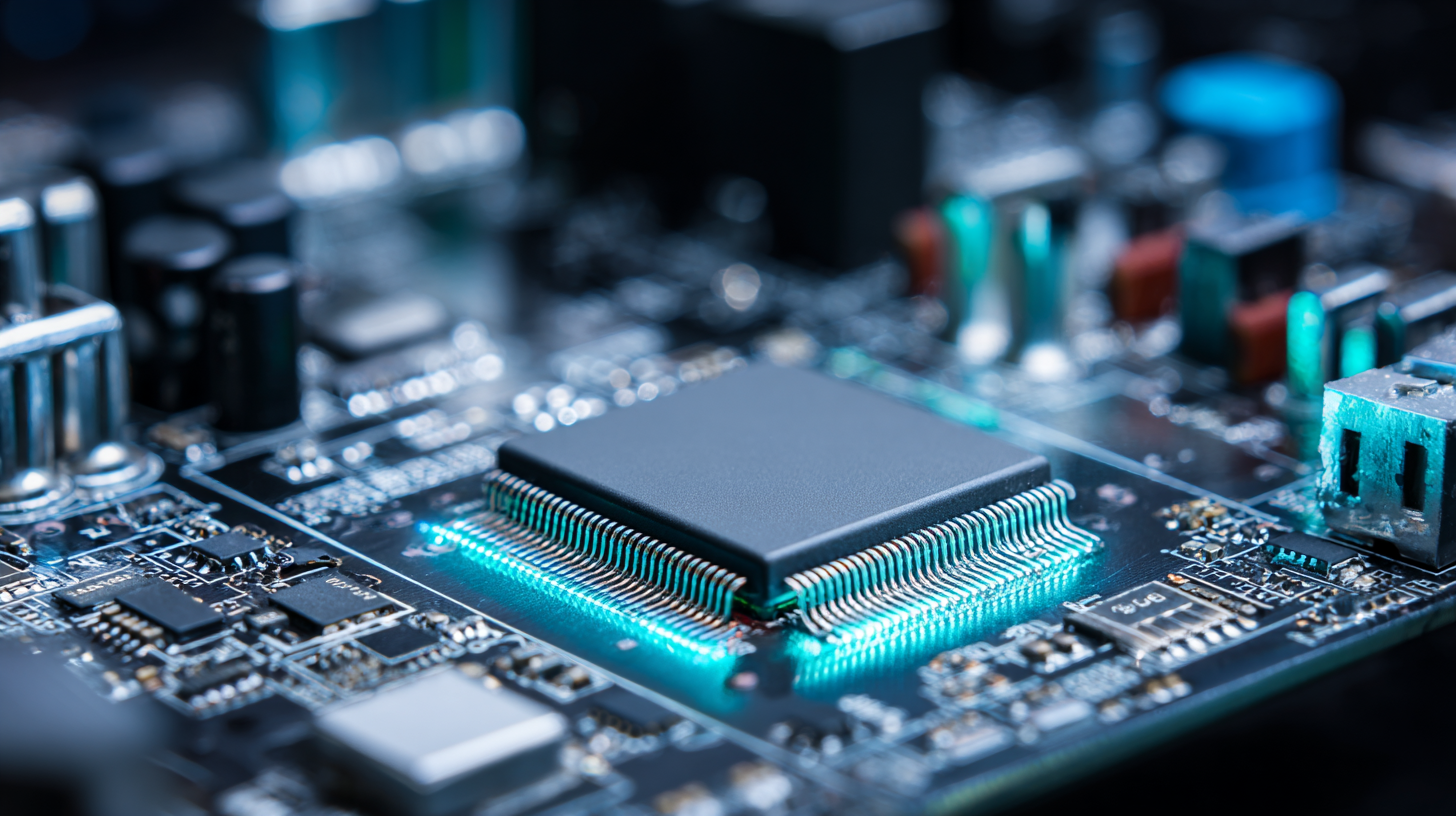
Strategies for Streamlining Workflow in Electronic Board Assembly
Streamlining workflow in electronic board assembly is crucial for enhancing productivity and reducing lead times. One effective strategy is the implementation of lean manufacturing principles, which focus on eliminating waste and improving process efficiency. By analyzing each step of the assembly process, teams can identify bottlenecks and redundancies. Tools such as value stream mapping can visually represent these processes, helping engineers to streamline operations and increase throughput.
Another essential aspect is investing in automation technology. Automated pick-and-place machines, soldering robots, and inspection systems can significantly speed up the assembly process while maintaining high precision and quality. By integrating smart manufacturing systems, companies can also gather real-time data and analytics, allowing for continuous monitoring and improvement. Employee training on new technologies and methodologies is equally vital; skilled workers adapt quickly to optimized workflows and can better troubleshoot issues that may arise during assembly.
Finally, fostering communication and collaboration within teams can facilitate a more efficient workflow. Regular meetings to discuss challenges and brainstorm solutions encourage a proactive approach to problem-solving. Sharing best practices and lessons learned from different projects can lead to innovative improvements and create a culture of continuous development, ultimately benefiting the entire assembly process.
Utilizing Automation to Enhance Precision and Speed in Assembly Processes
The integration of automation in the electronic board assembly process has revolutionized how manufacturers approach production efficiency. By employing robotic technology and automated machinery, businesses can significantly enhance precision in assembly tasks. Automated pick-and-place machines, for instance, enable high-speed placement of components onto printed circuit boards (PCBs), reducing the risks of human error that often lead to costly rework and defects. This precise handling ensures that components are positioned accurately, which is critical for the reliability and functionality of the final product.
In addition to precision, automation accelerates the overall assembly process, allowing for faster turnaround times and increased production rates. Advanced manufacturing technologies, such as automated soldering systems and inspection machines, further streamline operations. These systems not only reduce cycle times but also facilitate real-time quality control, enabling manufacturers to identify and address issues promptly. By investing in automated solutions, companies can optimize their electronic board assembly processes, leading to enhanced output, reduced costs, and improved competitiveness in the market.
Optimization of Electronic Board Assembly Process Efficiency
Incorporating Advanced Software Tools for Improved Project Management
In the realm of electronic board assembly, optimizing project management is crucial for enhancing overall workflow and efficiency. Advanced software tools play a pivotal role in this optimization process, offering features that streamline communication between teams and simplify task management. Such tools enable real-time collaboration, where stakeholders can monitor progress, assign tasks, and manage deadlines seamlessly. By incorporating these advanced solutions, companies can significantly reduce project timelines and improve the quality of their assemblies.
Moreover, the integration of generative AI into the software development process presents a novel opportunity for further enhancing project management in automotive and industrial sectors. With algorithms designed to automate routine tasks and optimize code development, these AI-driven tools facilitate more efficient workflows. As a result, teams can focus on more complex project aspects, driving innovation while ensuring that sustainability and performance are prioritized. The emerging trends in this domain indicate a move towards smarter tools that not only enhance project management but also align with the growing demand for sustainable practices in manufacturing processes.
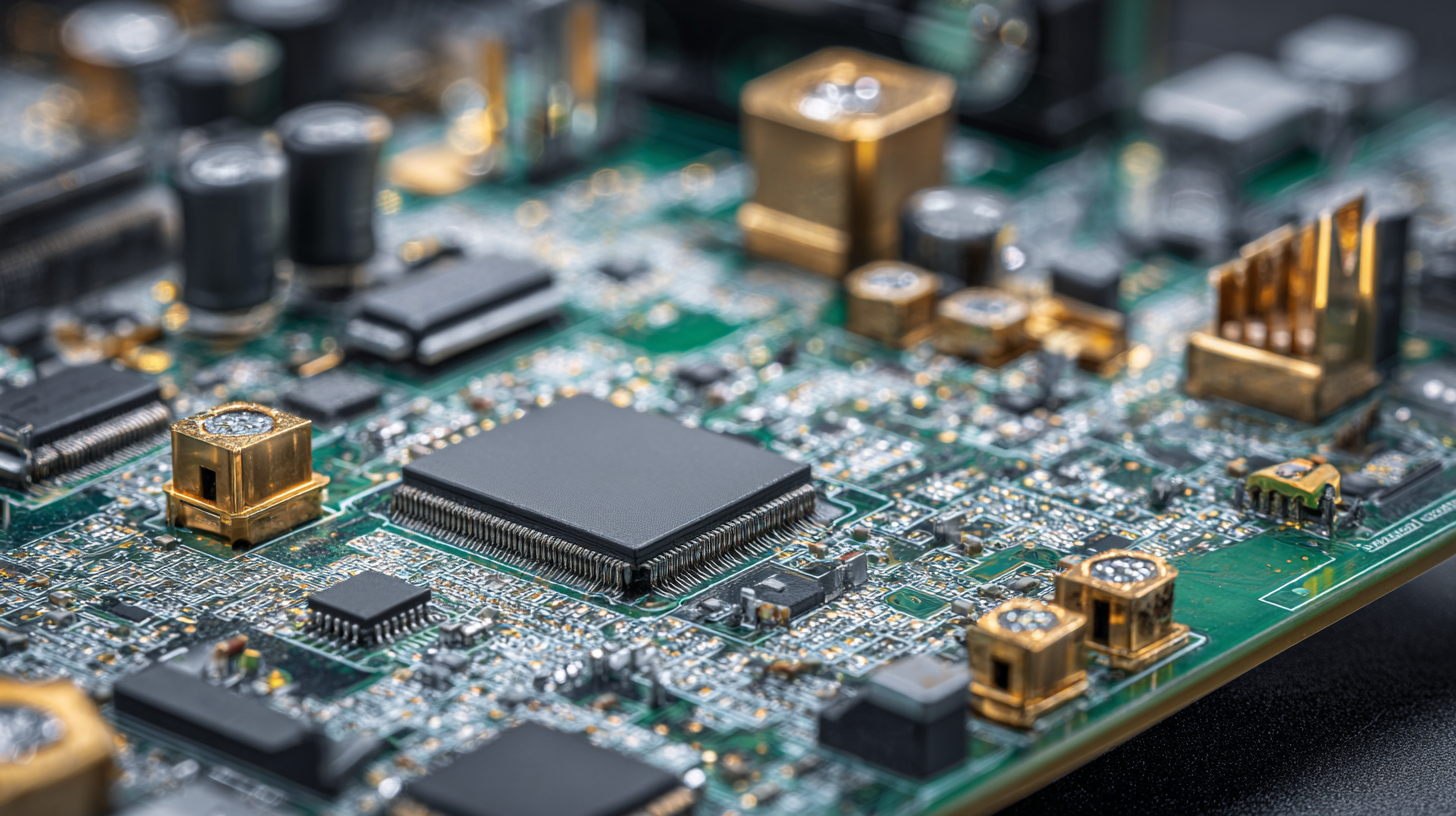
Implementing Effective Quality Control Measures for Consistency
Implementing effective quality control measures is crucial for achieving consistency in electronic board assembly (EBA) processes. By integrating quality assurance protocols at every stage of production, manufacturers can identify defects and inefficiencies early on, preventing costly reworks and delays. This can be achieved through techniques such as in-line inspections and automated visual quality checks, which not only enhance detection but also streamline the workflow. Regular training sessions for the workforce can further ensure that everyone understands quality expectations and maintains a high standard of output.
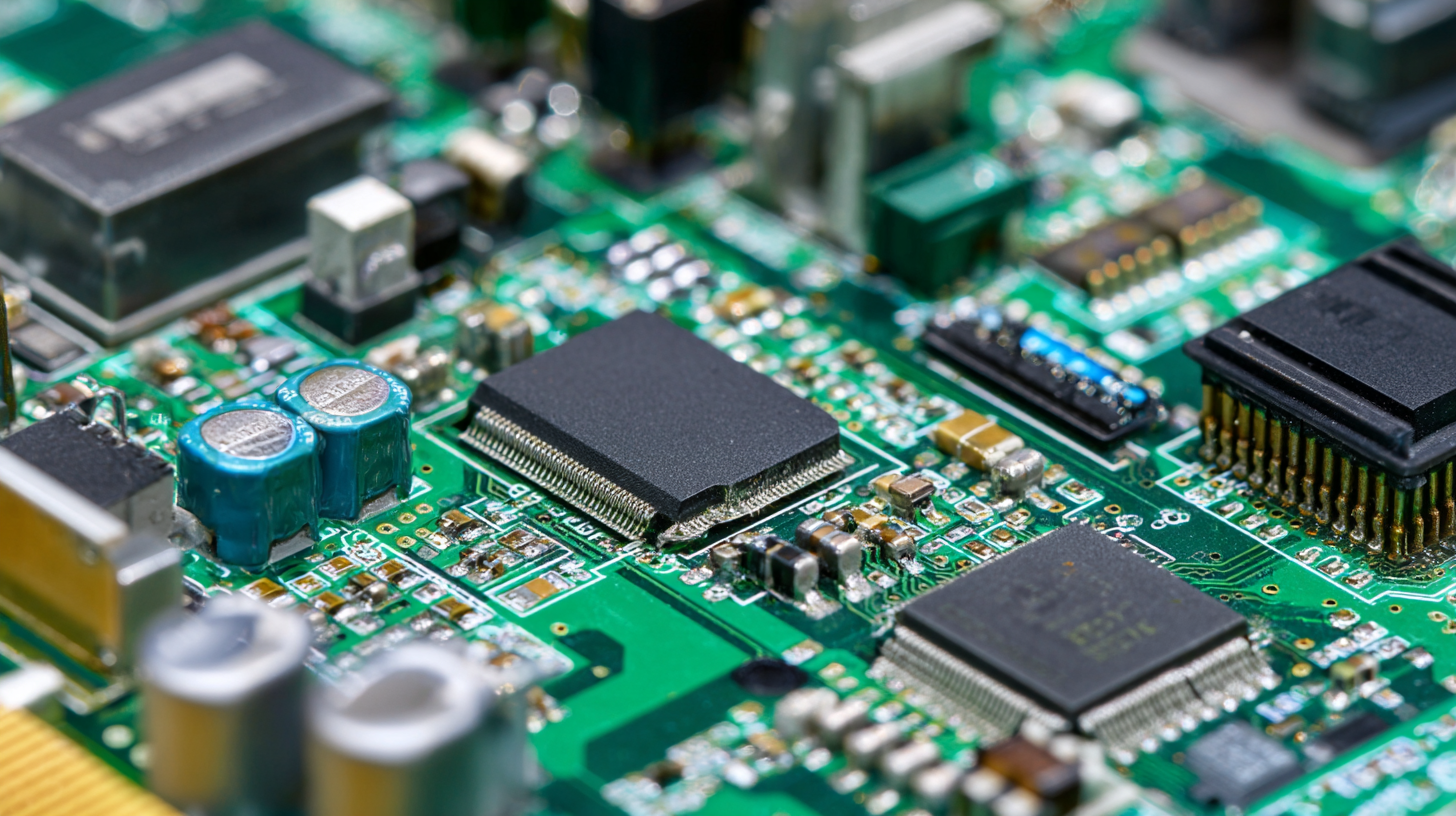
Additionally, establishing clear metrics and benchmarks helps teams monitor performance and progress over time. Utilizing statistical process control (SPC) tools allows for real-time data analysis, enabling proactive adjustments to the assembly process. A feedback loop, where information from the quality checks informs future production strategies, fosters an environment focused on continuous improvement. By prioritizing these quality control measures, organizations can significantly boost their overall efficiency, leading to more reliable products and heightened customer satisfaction.
Training and Developing Skilled Workforce for Optimal Performance
In today's fast-paced technological landscape, training and developing a skilled workforce is crucial for optimizing the electronic board assembly process. Organizations must prioritize digital skills development across their workforce to ensure adaptability and efficiency. This includes implementing training programs that augment existing skills while introducing new technologies that enhance productivity. By investing in comprehensive skill-building initiatives, companies can equip their employees to tackle complex challenges and utilize tools like generative AI to significantly boost their performance.
Moreover, fostering a culture of continuous learning and accountability is essential. Encouraging peer training and mentorship programs not only cultivates expertise but also promotes collaboration within teams. As governors focus on advancing digital skills from K-12 education through reskilling efforts, companies must align their workforce strategies with these initiatives. This commitment to skill development ultimately empowers employees, enhances organizational competitiveness, and creates a more resilient workforce capable of navigating the evolving demands of the industry.
How to Optimize Your Electronic Board Assembly Process for Maximum Efficiency
| Process Step | Duration (minutes) | Cost ($) | Skill Level Required | Training Frequency (months) |
|---|---|---|---|---|
| Soldering | 15 | 200 | Intermediate | 6 |
| Assembly | 20 | 150 | Basic | 12 |
| Quality Control | 10 | 100 | Advanced | 3 |
| Testing | 25 | 250 | Advanced | 6 |
Related Posts
-
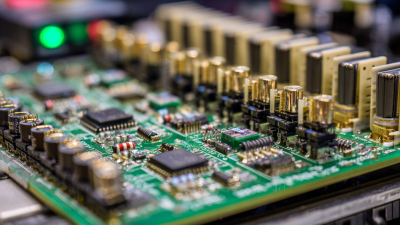
How to Achieve High Quality in Electronic Board Assembly Process
-

The Ultimate Guide to Mastering Circuit Board Assembly Techniques for Success
-

Essential Tips for Identifying Top-Quality PCB Assembly Manufacturers
-
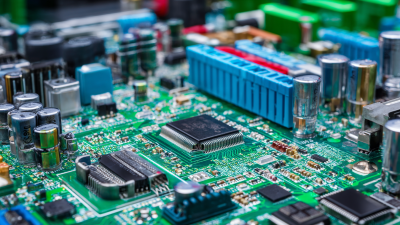
Navigating Import Export Certifications for Best Electronic Board Assembly Suppliers
-

Unleashing the Power of Chinese Manufacturing in the Best PCB Production
-

Innovative Examples of Printed Circuit Assembly that Set the Industry Standard
